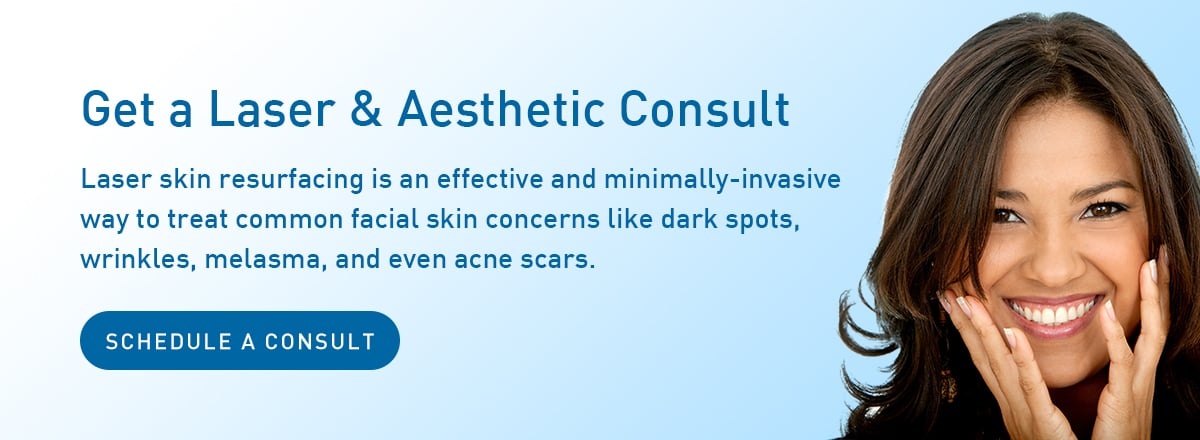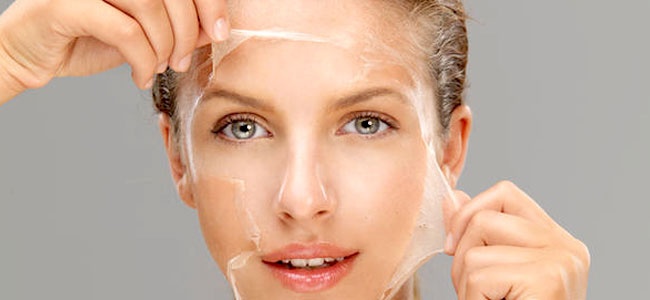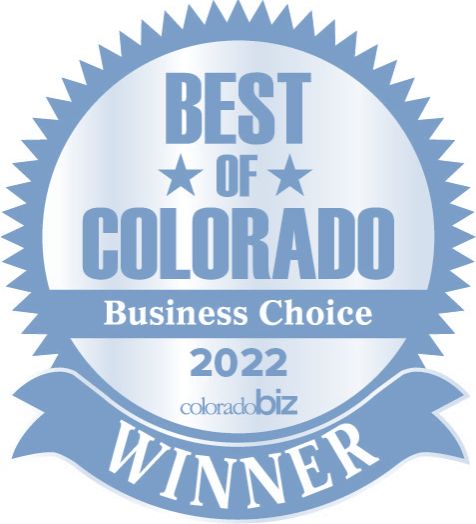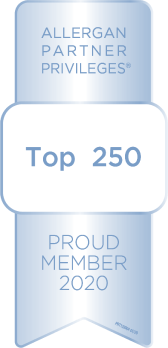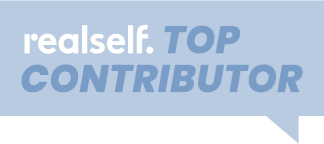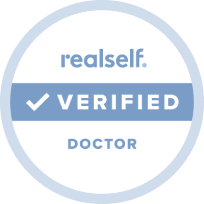While there are a number of newer skin rejuvenation alternatives available, chemical peels remain the best choice for certain patients. Here at Raval Facial Aesthetics, we offer three types of chemical peels. All three of them can be gentle enough to combine with other non-surgical procedures and skin care products to achieve the results you want and to maintain your newly-refreshed look.
We encourage you to click on the link for each peel to learn more about its process and results. We also encourage you to schedule a personal consultation, because treatment details, results, and side effects are different for each patient.

Lactic Acid Peels
Derived from milk, lactic acid is a form of alpha hydroxyl acid (AHA), similar to citric acid and glycolic acid. Our medical-grade lactic acid peel is more concentrated than at-home products, producing deeper, more obvious results. That said, lactic acid is gentler than most other chemical peels (including citric and glycolic acids), requiring little to no downtime.
The lactic acid peel doesn’t even “peel” off, but does exfoliate surface skin, triggering fresh production of hyaluronic acid and collagen. Exfoliation also enables skin care products to penetrate better. A lactic acid peel can make your skin glow again, but it also helps fight wrinkles and reduce pigmentation problems, improve skin tone and texture. While lactic acid is a better choice for sensitive skin, it may not be the best choice if you have darker skin. It is also not recommended if you have eczema, psoriasis, or rosacea.
Glycolic Acid Peel
Also known as an alpha-hydroxy peel, this technique uses fruit acids to help women and men improve the appearance of their facial skin. It is the most common type of chemical peel. Glycolic acid peels can be used to address several skin conditions, including reduction of wrinkles, scars, moderate age spots, and melasma (brown patches).
In addition to removing dead skin cells, this peel stimulates your skin’s natural production of collagen and elastin – the building blocks that keep skin supple and healthy. You can see immediate results from the treatment, and your skin will continue to improve on its own. There is virtually no downtime.
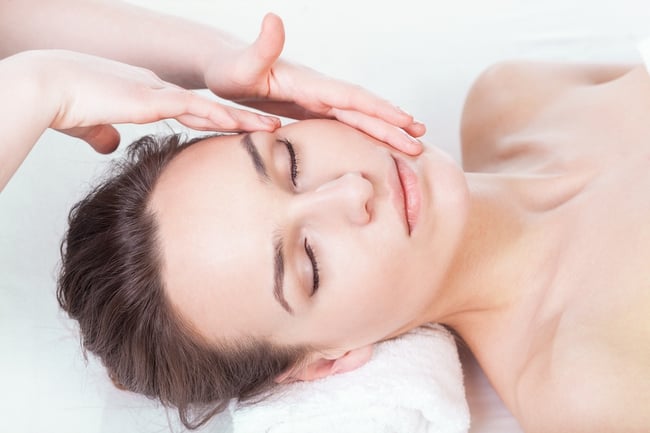
TCA Chemical Peel
This technique use trichloroacetic acid (a vinegar relative) to resurface the skin on the face or elsewhere on the body. TCA is safe and effective for use on most skin types, making it a good option for some people with darker skin, for whom lasers and other treatments do not work well.
Although some doctors use stronger concentrations for TCA peels, Dr. Jeffrey Raval uses only light TCA solutions of no more than a 10-20%. That ensures complete control over the process, producing optimal results without risking potential problems. The light TCA peel does not require sedation, and downtime is short.
